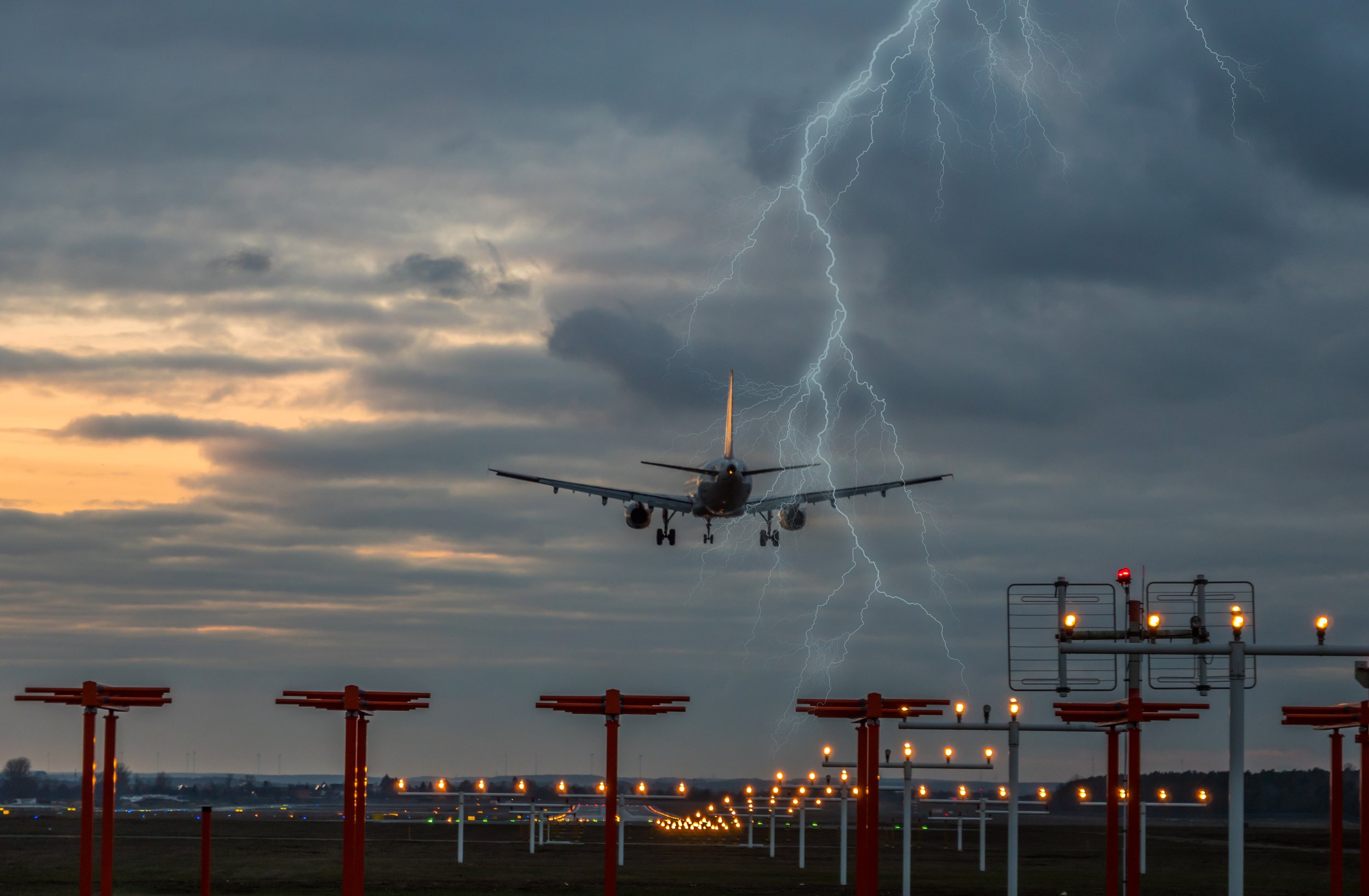How Private Jets Conquer Weather Challenges
When skies turn gray, and storms brew on the horizon, inclement weather becomes a formidable adversary for aviation. For commercial airlines, this often means grounded flights, frustrated passengers, and a cascading effect across global networks. However, in the world of private aviation, the narrative shifts. High-net-worth individuals and business travelers benefit from unparalleled flexibility, allowing them to soar above the clouds with minimal disruption. In this article, we will examine how private aviation adeptly handles the challenges posed by inclement weather. We will provide insights into irregular operations (IROPs), recovery options, and the strategic advantages of private jets. Additionally, we will discuss the strategies private aviation employs to mitigate adverse weather impacts, ensuring a seamless travel experience.
The Impact of Inclement Weather on Aviation
Weather is a critical factor in aviation. From thunderstorms to snowstorms, inclement weather can disrupt flight schedules and lead to significant delays. According to the Federal Aviation Administration (FAA), severe weather conditions annually affect over 20% of commercial flights in the United States. This translates to thousands of delays and cancellations with ripple effects across the entire network.
The economic impact is substantial. The National Center for Atmospheric Research estimates that weather-related flight disruptions cost the U.S. economy roughly $30 billion annually. These disruptions inconvenience travelers, resulting in lost productivity, missed business opportunities, and increased airline operational costs.
The stakes are different for private aviation. While no aircraft is immune to weather challenges, private jets offer unique advantages in navigating these obstacles. Their ability to adapt to changing conditions with agility and precision is unparalleled.
Understanding IROPs and How They Affect Air Travel
Irregular Operations, or IROPs, are disruptions to standard flight schedules caused by various factors, including inclement weather. In commercial aviation, IROPs often lead to widespread chaos: delayed and canceled flights create a domino effect, impacting passengers and airline schedules worldwide.
Private aviation approaches IROPs differently. Private jets operate with remarkable flexibility, unlike commercial airlines, which rely on fixed schedules and established routes. This flexibility allows them to avoid or minimize weather delays by selecting alternative airports and flight plans, sidestepping the challenges posed by weather.
Statistics highlight the advantages of private aviation in weather-related scenarios. While commercial flights often experience delays of 30 to 90 minutes during severe weather, private jets typically face much shorter delays, if any at all. This heightened efficiency stems from adapting and navigating around congested airspace quickly. Such adaptability is supported by a dedicated team of skilled pilots, dispatchers, and meteorologists who collaborate to facilitate safe and efficient operations. With real-time weather data and advanced forecasting tools, private aviation can make well-informed decisions, ultimately enhancing passenger safety and satisfaction.
Additionally, private jets can access smaller, less congested airports, enabling faster takeoffs and landings. This advantage minimizes the chances of delays associated with air traffic control restrictions, which are more common at larger commercial airports.
Recovery Options for Private Jets During Weather IROPS
The true measure of private aviation's capabilities is its swift recovery from severe weather events. Numerous case studies illustrate how private jets have adeptly navigated challenging conditions, ensuring passengers reach their destinations with minimal disruption.
In one notable instance, a private jet chartered for a high-profile business meeting encountered unexpected thunderstorms en route. The experienced and resourceful flight crew quickly identified an alternative route that circumvented the storm, enabling the aircraft to arrive on schedule. Passengers were impressed by the rapid decision-making process and the comfort and professionalism exhibited throughout the flight.
Another example featured a private jet headed for a remote island resort that faced a hurricane, which disrupted the original flight plan. The crew promptly coordinated with air traffic control, securing a safe landing at a nearby airport. Passengers were transported to their destination via a short helicopter transfer, ensuring their vacation continued as planned.
These examples underscore the agility and expertise of private aviation in addressing weather-related challenges. Passengers can travel with peace of mind, confident that their plans remain intact even in adverse conditions.
The Value of Private Aviation in Weather-Challenged Times
Inclement weather is an inevitable challenge in aviation. However, private aviation offers a distinct advantage, providing business and luxury travelers the flexibility and agility to soar above the clouds, even in adverse conditions.
Private jets provide seamless travel experiences by offering access to alternative airports, personalized flight plans, and dedicated support teams, effectively minimizing the impact of weather-related disruptions. The true value of private aviation shines during inclement weather, delivering peace of mind and ensuring that travel plans stay on track.
For those searching for a reliable and luxurious travel solution, private aviation is the ultimate choice. Enjoy the unparalleled flexibility, personalized service, and uninterrupted travel that it offers, no matter the weather conditions.


